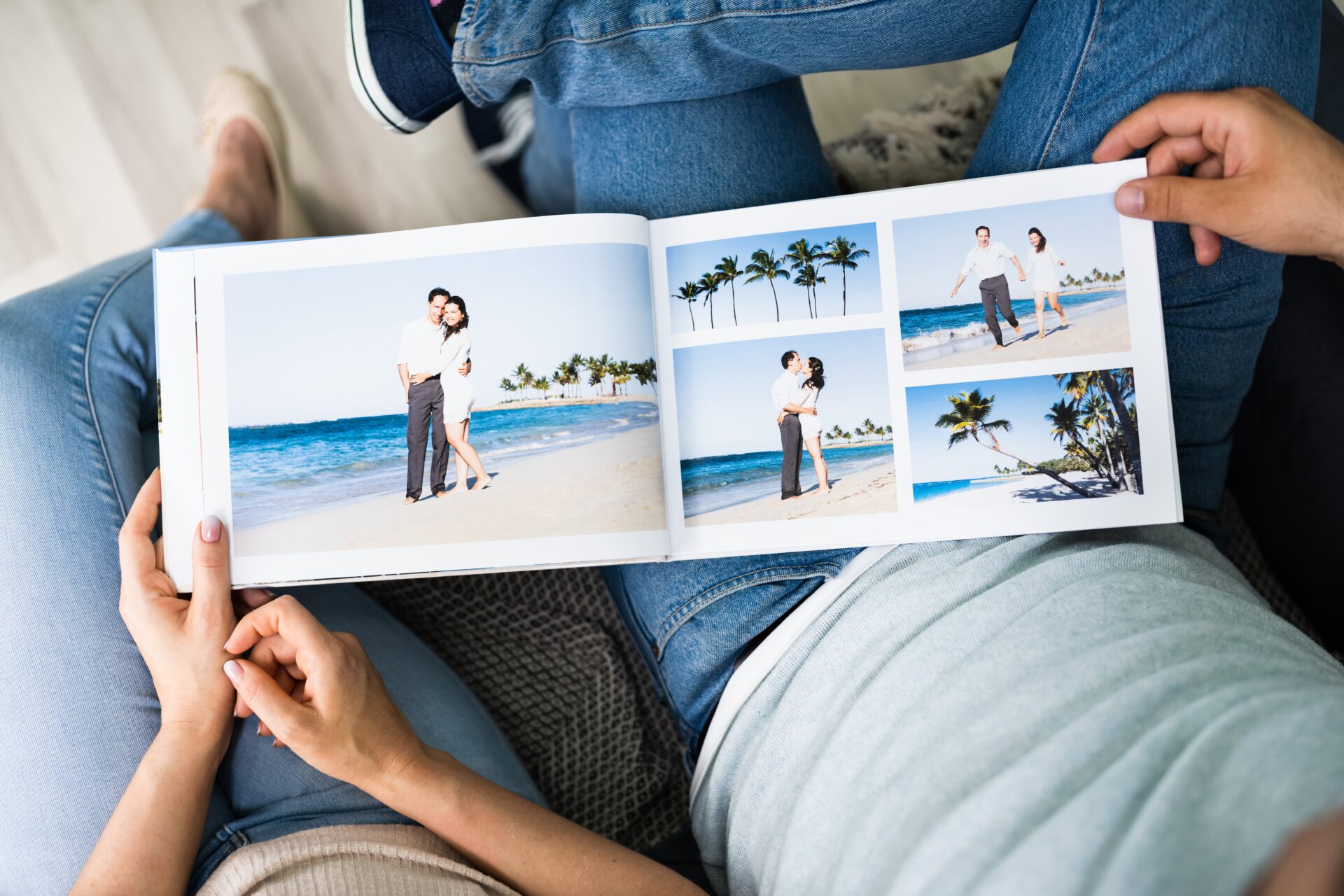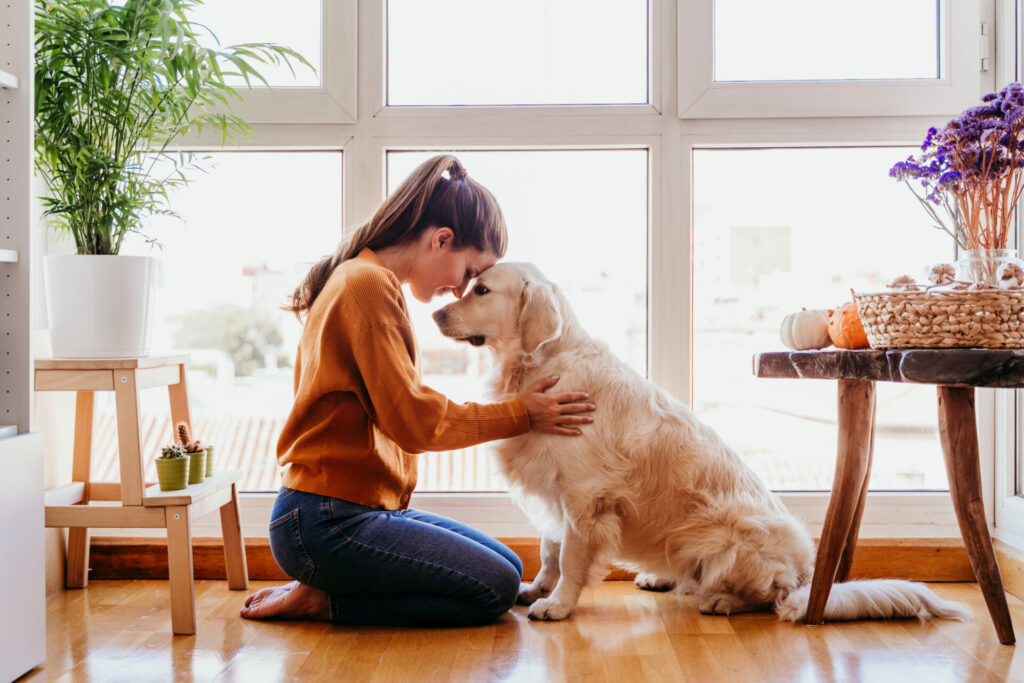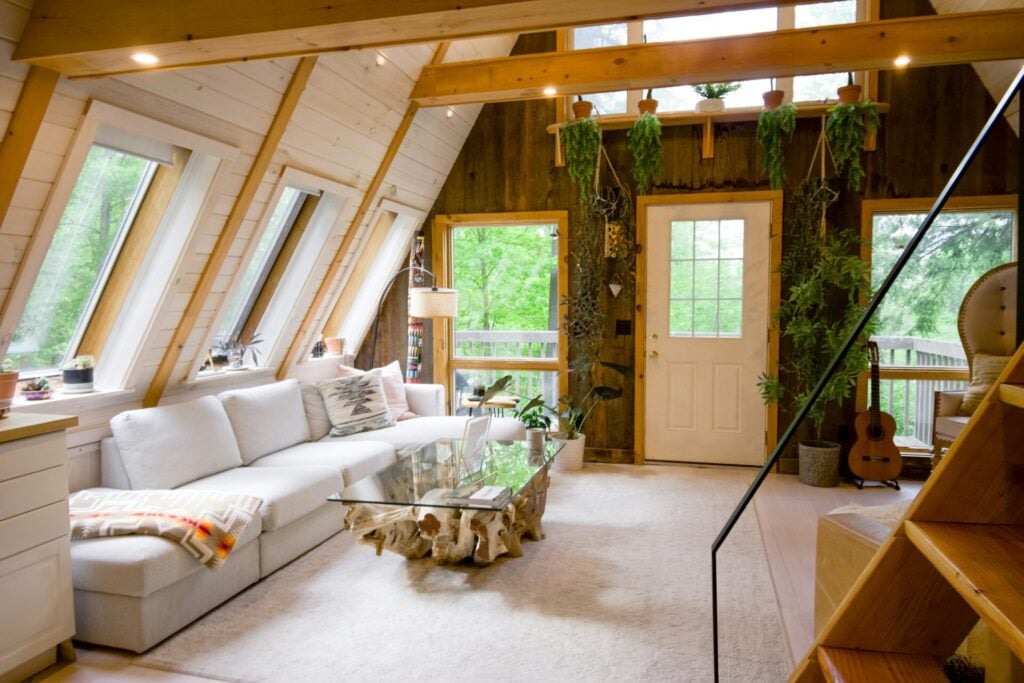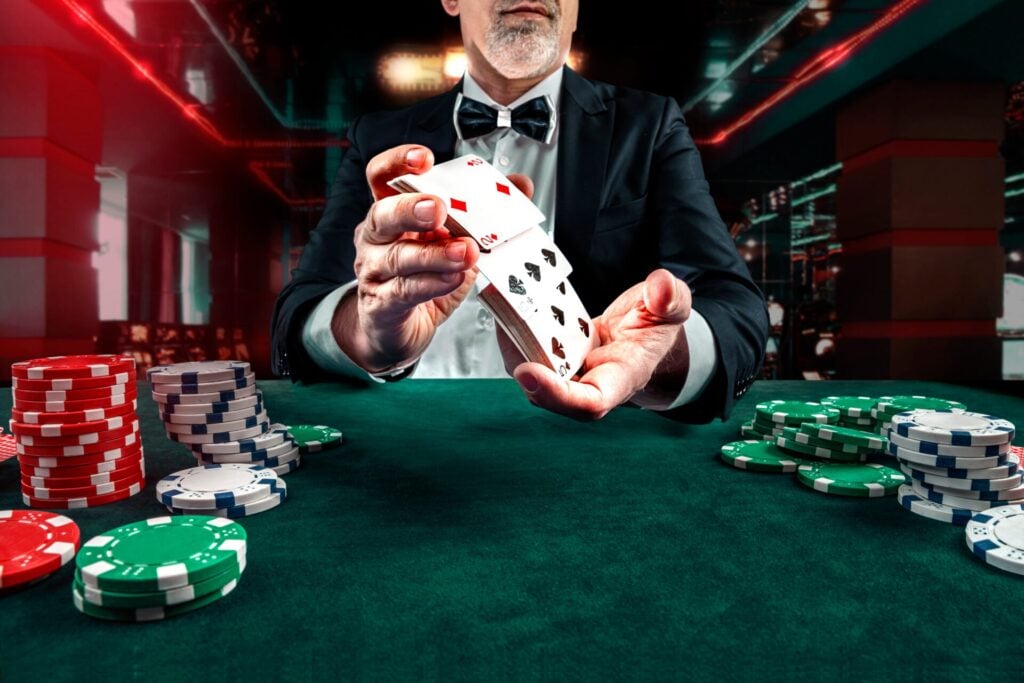In a world where digital photos and quick posts dominate, the value of something tangible often gets overlooked. Keepsakes like gifts, heirlooms, or handmade treasures carry a kind of weight that no amount of scrolling can replicate. They become anchors to our stories, linking us to moments, people, and emotions that shape who we are.
But as we become more mindful about consumption, many are asking: how can we design keepsakes in a way that feels both meaningful and sustainable?
Why Keepsakes Matter
Keepsakes aren’t just objects; they’re vessels for memory. A necklace passed down from a grandmother, a handwritten note tucked into a drawer, or a printed photo album can instantly transport us back to another time.

Psychologists often highlight the power of tangible memories. Physical objects provide sensory cues like touch, smell, weight that digital files can’t fully replace. This makes them more likely to spark vivid recollection and emotional connection.
Conscious Keepsake Design
The conscious approach to keepsakes starts with intention. Instead of buying mass-produced items that may end up gathering dust, people are leaning toward pieces that hold personal or ethical value. That can mean choosing eco-friendly materials, supporting artisans, or creating something yourself.
The rise of mini photo books is a great example. Compact and customisable, they allow people to capture milestones or everyday joys in a way that’s easy to revisit and share. Unlike endless camera rolls on our phones, these books make memories accessible in a format that feels lasting yet thoughtful.

Not every keepsake needs to be grand or expensive. What matters most is the thought behind it. When keepsakes are made thoughtfully, they become more about storytelling not clutter.
Here are some ways to design keepsakes that carry meaning while staying mindful of impact:
Personalised photo collections
Curate photos into albums or small prints instead of leaving them hidden online. Print a mini photo book each year, it’s an easy way to track milestones without clutter.
Trash into treasure
Upcycle items by turning old fabrics, jewelry, or furniture into new treasures. Old shirts can be stitched into memory quilts, and vintage jewellery can be reset into modern pieces.
Handmade gifts
Knitted scarves, painted mugs, or DIY crafts carry effort and personality. Start small with DIY kits like candle-making or pottery, to create keepsakes that feel polished but personal.
Ethical purchases
Choose keepsakes made by artisans who are paid fairly or from brands committed to sustainable practices. Look for fair-trade or locally certified makers’ markets where you can meet the artisans.
Shared experiences
Sometimes the best keepsakes aren’t physical but experiential such as tickets, notes, or journals documenting time spent together. Keep a memory box with tickets, letters, or postcards. Small items build a tangible archive of experiences.
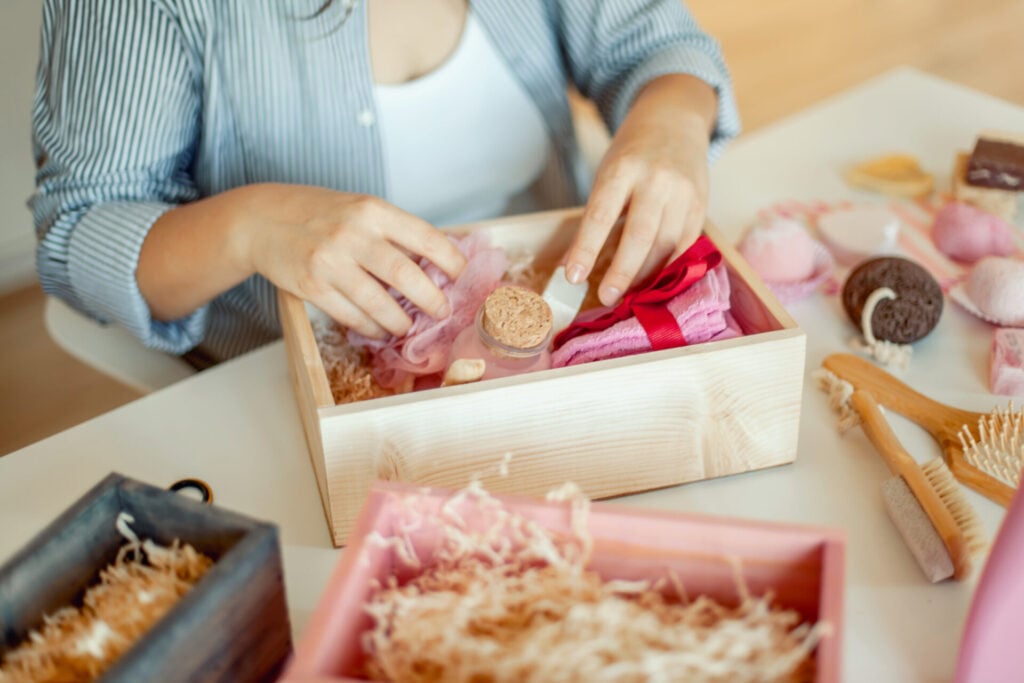
Sustainability is becoming an essential part of keepsake culture. With concerns about overconsumption and waste, people are looking for keepsakes that last rather than those that are quickly discarded. Durable materials, ethical sourcing, and timeless design make sure that these items don’t just become landfill fodder.
According to a Nielsen report, 73 per cent of global consumers say they would change their consumption habits to reduce environmental impact. This shift extends into how we think about gifts and keepsakes, encouraging people to choose items that care for the recipient and the planet.
Unlike digital files that risk being lost to cloud errors or forgotten in endless folders, tangible keepsakes are reminders we can stumble upon unexpectedly. Imagine opening a drawer and finding a concert ticket from your teenage years or flipping through a photo book from a family trip. These small moments of rediscovery are part of what makes physical keepsakes so powerful. They remind us of where we’ve been and who we’ve shared our lives with.
Beyond personal value, keepsakes also play a role in legacy. They’re the things we pass on, intentionally or not, to the next generation. Whether it’s a box of letters, a carefully curated set of photo albums, or a handcrafted piece of furniture, these items help tell our stories after we’re gone.
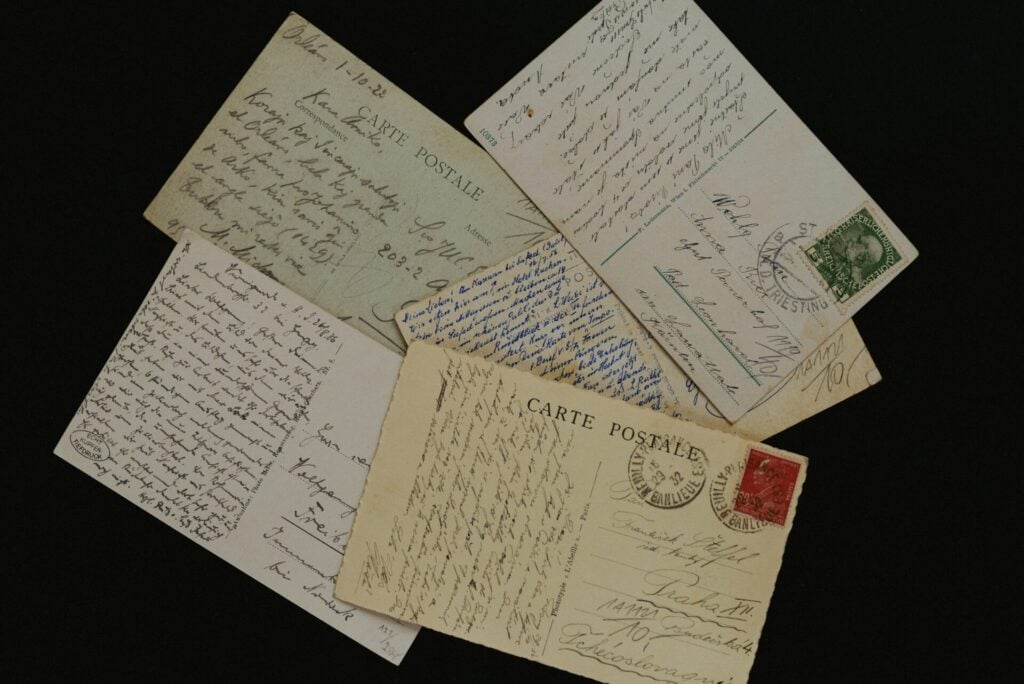
Designing keepsakes with legacy in mind means choosing things that will endure, not only in material quality but in meaning.
Some people worry that keepsakes conflict with a minimalist lifestyle. But being selective doesn’t mean avoiding keepsakes altogether; it means choosing them with care. A few well-chosen items can hold far more emotional weight than a house full of clutter.
The key is to curate keepsakes that spark genuine joy and connection, rather than keeping everything out of obligation.
Keepsakes are more than objects, they’re bridges to our memories, emotions, and identities. Designing them consciously means moving away from disposable trinkets and toward items that embody meaning, sustainability, and care. From simple mini photo books to handmade heirlooms, the best keepsakes remind us that memory is not just something we store, it’s something we live with, share, and pass on.

